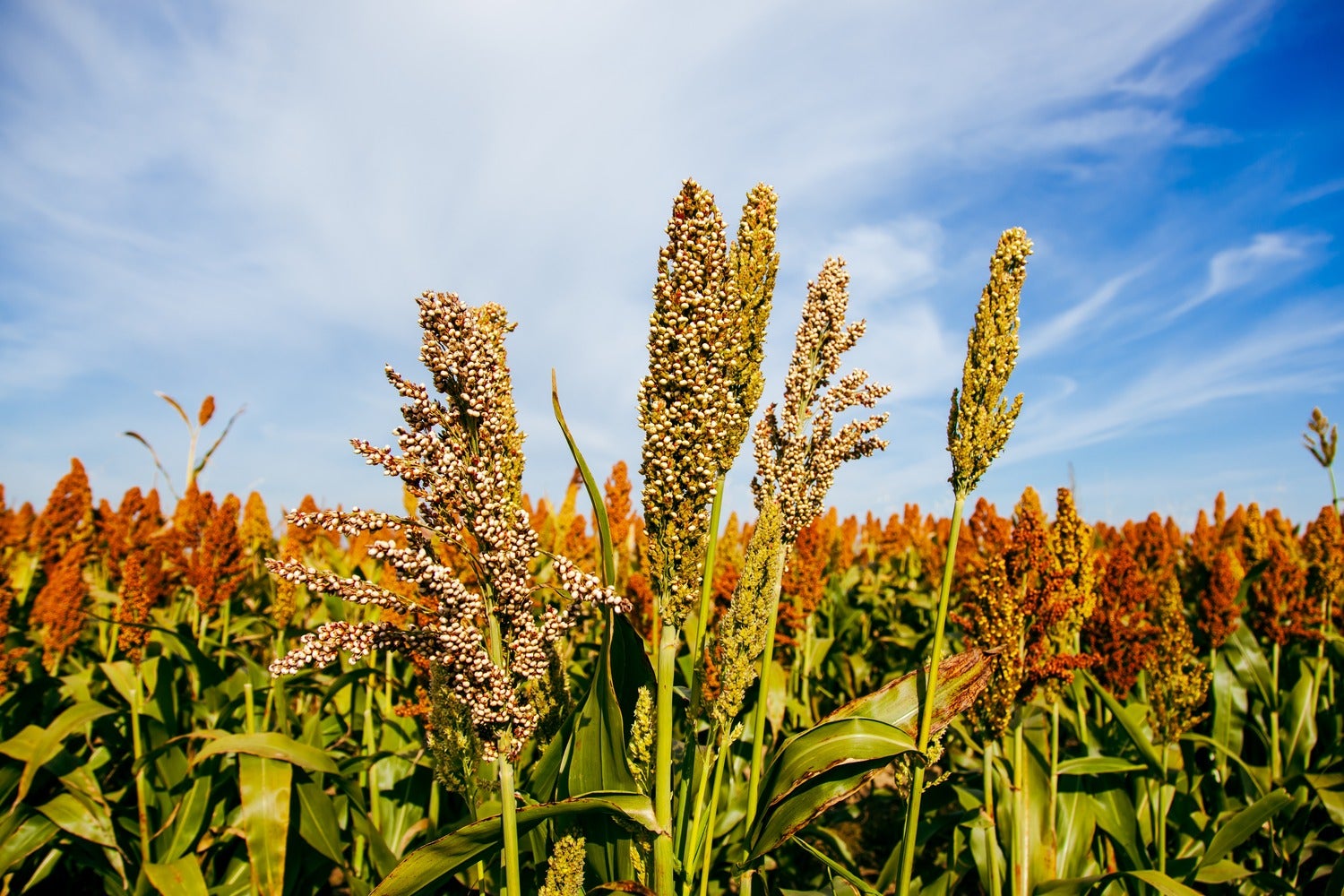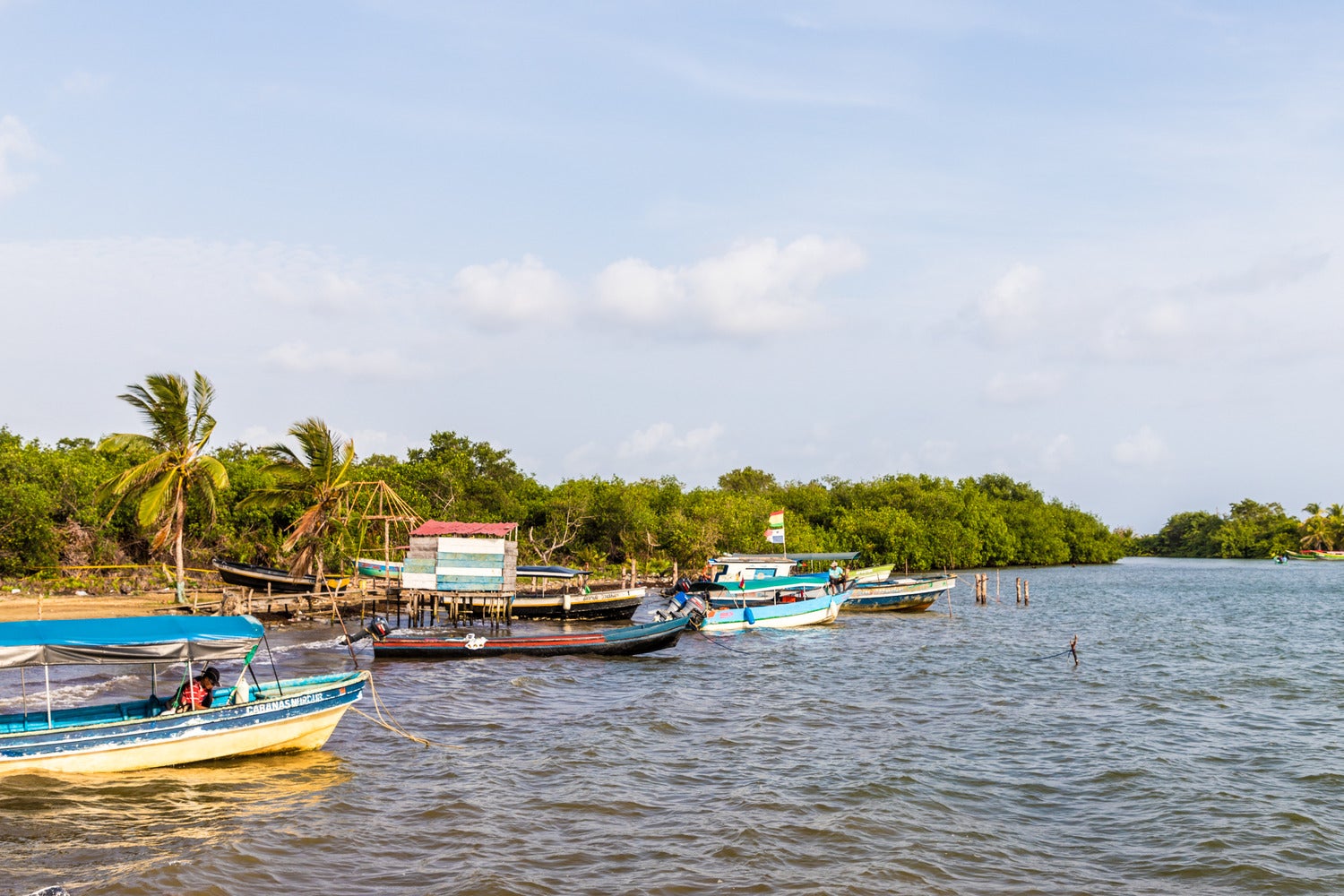Hey y’all! Associate editor Sara Kiley Watson reporting to you from a very rainy Den Haag. The most I typically have to worry about on wetter days is a leaky roof, but the reality is that the little city I’ve come to love sits on the coast of the North Sea. Which is really great if you are a beach goer, but it comes with its risks. Just like its celebrity neighbor Amsterdam, The Hague is under serious threat from sea level rise: Pretty much all of Holland will be underwater by 2100 if waters go up just one meter, which is what NASA expects from ice melt in Greenland and Antarctica alone. Utrecht and Antwerp could be beachfront property in less than 80 years.
The world’s coastlines are changing, and fast. This week, contributor Tyler Santora is taking a look at what’s happening in a now-evacuated island off the coast of Panama, because these kinds of stories are going to become all too familiar. But our future isn’t sunk quite yet. There’s a lot we can do (and hold people in power accountable to do) before New Orleans and Bangkok go the way of Atlantis. –Sara Kiley
WHAT WE’RE INTO THIS WEEK
By Shreya Agrawal

Greenwatch
Beware the biofuels hype
Biofuels have been touted as a clean alternative to fossil fuels; however, a recent report by the Environmental Integrity Project shows that, in 2022, biofuel plants released almost 13 million pounds of hazardous chemicals, including the carcinogen formaldehyde. While they have a lower climate impact than fossil fuel plants, biofuel plants across the U.S. still released 33 million metric tons of carbon in 2022—about equivalent to the annual emissions of the state of Connecticut. Biofuels are expected to grow in use as “sustainable aviation fuels,” even as experts call their “positive” climate reputation into question.
Study guide
The sweet spot of the clean-energy curve
Our inboxes are inundated with tidal waves of doom-and-gloom about climate change, but there may be a glimmer of hope in this dark tunnel, writes Bill McKibben in the latest edition of his substack The Crucial Years. Research from climate research nonprofit RMI shows that fossil fuels will reach their peak demand on this planet this year, as cleantech costs have dropped by 80%. The good news is the curve is at a place to keep supporting clean energy growth, but how fast we grow is what will ultimately determine if we can avoid the worst case scenarios in the climate crisis.
What’s that
Nitrous oxide, the other greenhouse gas on the rise
Carbon dioxide and methane emissions tend to hold the climate change spotlight, but another greenhouse gas has been increasingly flexing its warming and ozone-depleting muscles. Research from the Global Carbon Project shows that human-caused nitrous oxide (NO2) emissions have risen by 40% over the last four decades, primarily due to agricultural practices like the use of nitrogen fertilizers and manure management. Nitrous oxide emissions are “going rapidly in the wrong direction,” Dave Reay, carbon management expert at the University of Edinburgh told Carbon Brief. While NO2 only makes up 6% of greenhouse gas emissions, it’s 300 times stronger than CO2—and takes 114 years to break down—so finding long-lasting ways to curb its production is vital.
Good read
The singular lessons of an old growth forest
Hundreds of years of European colonization erased 99% of old growth forests in the Northeast corridor, especially those populated with the white pines builders used for their ships. But over the past few decades, scientists and naturalists have been finding patches of old forests that survived colonial felling, reports Krista Langlois for Sierra Magazine. These aged trees can not only store 70% more carbon than newer ones, and these recent discoveries indicate that some species in the Northeast actually have longer lives than scientists once believed. Walking in an old growth forest is a singular experience, Langlois writes, one in which you can sense the rich biodiversity, centuries of history, and lessons for a more-resilient future.
MIC-DROP CLIMATE STAT
1.7 million
The number of barrels of oil are being displaced by EV use every single day, according to the newest Electric Vehicle Outlook from BloombergNEF.
BUILT ENVIRONMENT
A small Caribbean island’s plan for surviving rising sea levels
By Tyler Santora

About 1,300 indigenous Guna people have lived on Gardi Sugdub, a tiny island off Panama’s mainland, for more than a century. But as sea levels rise, it’s become nearly impossible to maintain any residence on the constantly flooding island. As a solution, Panama’s government built Isberyala, a new mainland town with about 300 houses on a former yucca field that’s a short boat ride and 30-minute walk away from Gardi Sugdub. On June 3, families began migrating there.
As more and more coastal populations face similar threats—260 million people are at risk over the next 30 years, with 90% in poor developing countries or small island states—planned retreats will become the norm. The move from Gardi Sugdub to Isberyala will become one model for what seaside residents can expect.
The fate of coastal families
Gardi Sugdub is part of Guna Yala, a group of 49 islands that sit 0.5 millimeters to 1.0 millimeters above sea level. Waters, however, are rising in the area at 0.34 millimeters per year, according to the Smithsonian Tropical Research Institute. By 2100, the islands will be entirely uninhabitable, and all Guna communities will have to relocate. The residents of Gardi Sugdub are the first to make this move, which puts them among the first communities to wholesale uproot in the Americas.
Not all families have left the island, but most have relocated. Many say they are happy with their new home, citing less-crowded conditions and cooler temperatures. But it’s no fairytale; residents, for example, are disappointed that their new homes disconnect them from the sea and their traditional way of life.
Lessons closer to home
Gardi Sugdub is far from the last place to face these issues. One in ten people could be forced to flee their homes because of rising tides, according to the United Nations General Secretary, and governments worldwide are working to create systems for relocating communities that support and respect those living in them.
Efforts in the Pacific Northwest and Alaska, for instance, represent something of a pilot program in the U.S. Newtok, Alaska, for one, is home to one of three tribal communities that received federal relocation grants in 2022, but the process of moving people out of the at-risk town has proven incredibly lengthy and costly. The government’s hope: That lessons learned here can make future planned relocations quicker and cheaper. Nearly 40% of Americans live on or near a coast, so the way we plan for the eventuality of sea level rise will ripple.
